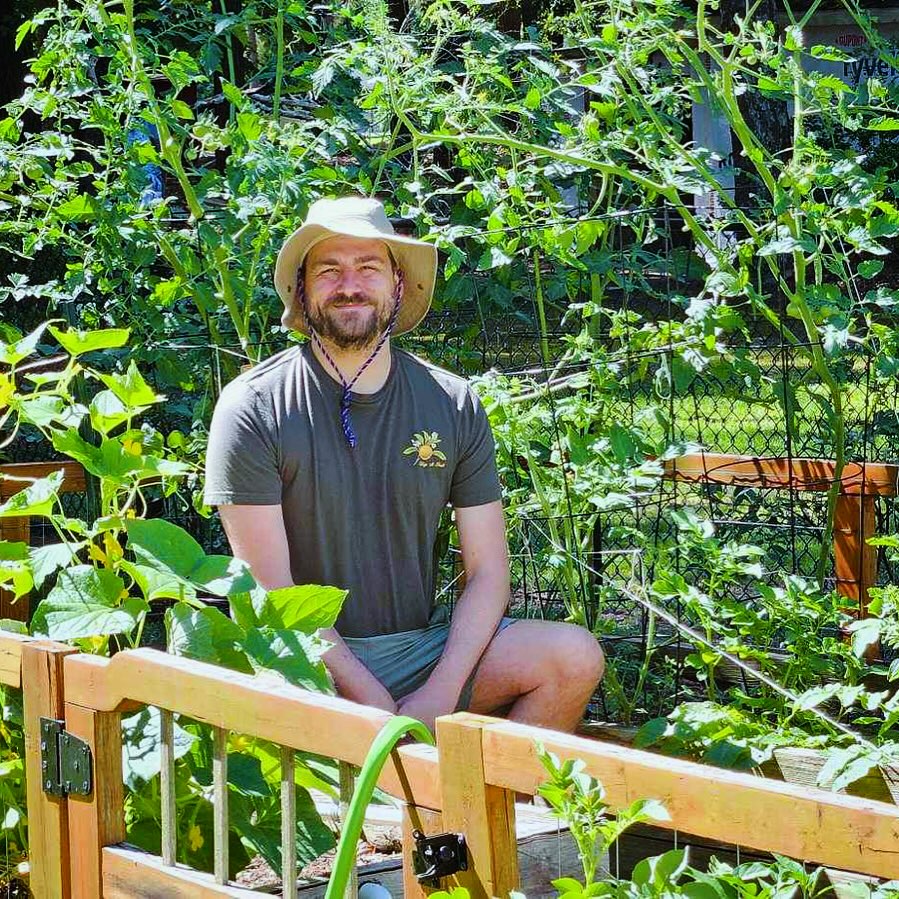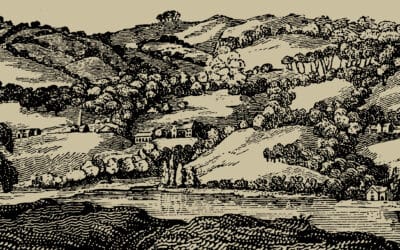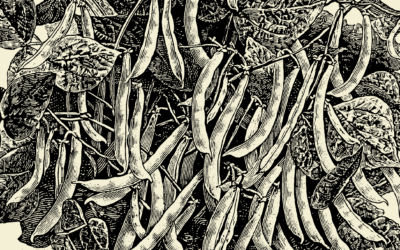Introduction
Have you ever wondered why some gardens are full of vibrant flowers and lush vegetables, while others struggle to thrive? The secret doesn’t just lie in the skills and abilities of the gardener, but beneath the surface, in the very foundation of all plant life: the soil.
Yet, not all soils are created equal, and the process of finding the perfect match for your garden can feel frustrating. The challenge grows as you encounter the vast variety of types of soil, each with its unique personality and needs.
This variety can be overwhelming, leading to confusion and frustration as you try to pair your plants with their ideal soil type. As we dig deeper, the importance of understanding the distinct characteristics of sandy loam, clay, silt, and organic soils becomes evident. Each type holds the key to unlocking the full potential of your garden, but missteps can lead to poor plant health and diminished garden vitality.
The solution lies in understanding soil basics and learning how to make the best use of the strengths offered by each type. By exploring the diversity of soils, from the well-draining sandy loam favored for its ability to retain nutrients to the fertile yet challenging clay soils, we can create thriving gardens that reflect the relationship between plant and soil. Here we will guide you through the subtle differences of the types of soil, their specific uses in gardening, and how to improve soil health, ensuring that your garden not only survives but thrives.
TL;DR:
We aim to:
- Explore the variety of types of soil, from sandy loam soil known for its balanced drainage and nutrient retention to the challenging yet fertile clay soils, and how each type’s unique composition supports different plant life.
- Detail specific soil uses in gardening, emphasizing the importance of selecting the right soil for each application—be it garden beds, pots, or specific plant needs—to ensure optimal growth conditions.
- Discuss the relationship between plants and soil, where choosing the right plants can enhance soil quality and garden vitality.
- Touch on the magic of improving soil through compost, mulch, and no-till practices, underscoring the gardener’s role in nurturing and protecting soil health for future fertility and beauty.
The Diverse Types of Soil
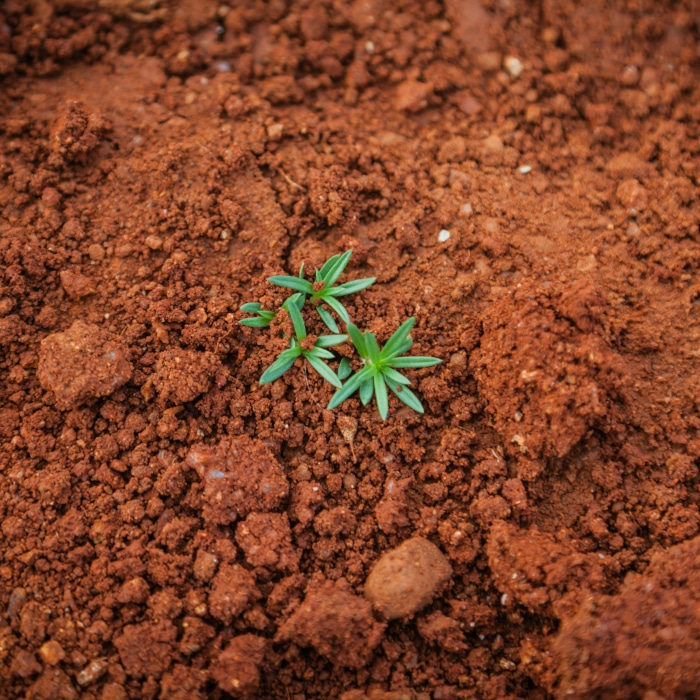
A young plant sprouts in a bed of rich clay soil, exemplifying one of the many types of soil that gardeners and agriculturists work with.
Sandy Loam Soil
Sandy loam soil, prized for its balance, straddles the line between moisture retention and excellent drainage. Its composition—sand for drainage, loam for nutrients, and a bit of clay for moisture retention—makes it ideal for a wide variety of plants. This soil warms quickly in spring, promoting early plant growth, yet its drainage capabilities prevent waterlogging, making it a favored choice for many gardeners.
Organic Soil
At the heart of sustainable gardening lies organic soil, teeming with life and rich in organic matter. This types of soil is a living ecosystem, hosting microorganisms, beneficial insects, and decomposed plant matter that work together to nourish and support plant growth. Organic soil improves over time, enhancing soil structure, water retention, and nutrient availability, thereby reducing the need for chemical fertilizers.
Clay Soil
Clay soil is dense, with particles so fine they cling together, creating a texture that’s both a blessing and a challenge. Its capacity to hold nutrients makes it incredibly fertile, yet its poor drainage and aeration can stifle root growth. Amending clay soil with organic matter can improve its structure, making it more hospitable for a diverse range of garden plants. With patience and care, clay soil can be transformed into a productive part of the garden.
Red Clay Soil
Red clay soil, with its distinct color and texture, is rich in iron and minerals. Its dense composition poses similar challenges to clay soil, requiring amendments to improve drainage and aeration. However, red clay soil’s nutrient richness supports vibrant plant growth once its structure is enhanced. It’s particularly well-suited for native plants that have adapted to its unique conditions.
Sand, Silt, Clay: The Basic Soil Textures
Understanding the basic soil textures—sand, silt, and clay—is very important for gardeners. Sand offers quick drainage but holds little moisture; silt, with its finer particles, retains more water and nutrients; clay, while nutrient-rich, poses drainage and aeration challenges. The ideal garden soil, often referred to as loam, strikes a perfect balance among these textures, providing an optimal environment for plant roots.

The warm sunlight bathes the earth, casting a radiant glow over the granular details of this topsoil.
Specific Uses of Soil in Gardening
Each types of soil can be tailored for specific uses in the garden, from raised garden beds to pots, highlighting the importance of choosing the right soil for each gardening application:
- Garden Soil: A blend tailored for in-ground use, often amended to suit a variety of plant types.
- Best Soil for Raised Garden Beds: Typically, a mix of topsoil, compost, and other organic materials to ensure drainage and fertility in a contained environment.
- Organic Potting Soil: Designed for containers, this soil is free from synthetic chemicals, rich in organic matter, and provides excellent moisture retention and nutrient supply.
- Soil for Vegetable Garden: Rich in nutrients and well-draining, this soil supports the demanding needs of vegetable crops for optimal growth and yield.
- Soil for Blueberries: Acidic and well-draining, tailored to meet the specific needs of blueberry bushes for successful fruiting.
- Seed Starting Soil: Light and fluffy, designed to encourage seed germination and root development without overwhelming delicate new plants.
- Loamy Potting Soil: A balanced mix ideal for a wide range of potted plants, providing moisture retention, aeration, and nutrient availability.
- Peat-Based Potting Soil: Often used for its acidic properties and water retention, suitable for plants requiring such conditions.
Guardians of the Soil: Choosing the Right Plants
In the world of soil, each of the types of soil calls for its champions—plants that not only survive but thrive in their specific areas. From the dense clay to the light sandy soil, each plant plays a role in the garden’s tale, adding depth, color, and life to the soil’s story.
The Magic of Soil Improvement
The path to the perfect garden soil is an alchemical process, blending the elements of nature with the gardener’s knowledge and touch. Through compost, mulch, and no-till practices, we can honor and protect the soil’s structure, ensuring a legacy of fertility and beauty.
Conclusion: The Garden’s Call
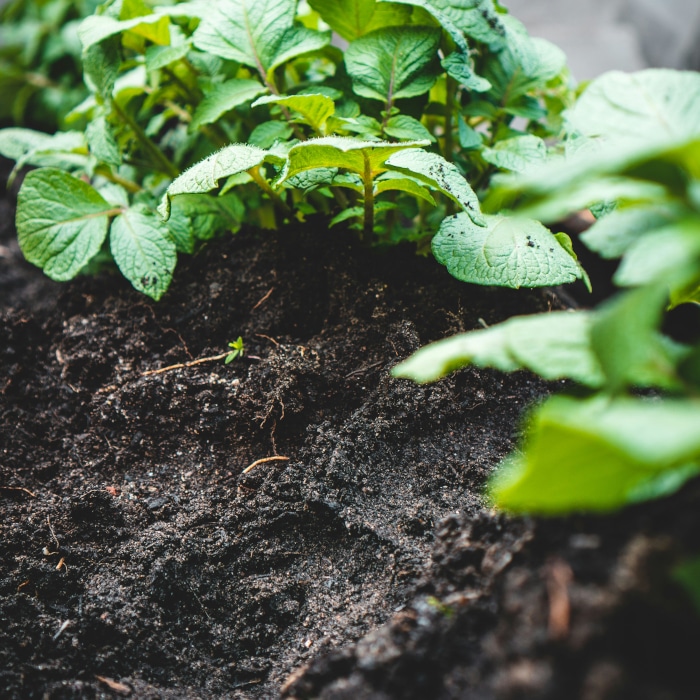
Lush green plants grow from the dark, fertile type of soil, showcasing the life-giving properties that different soils provide to support plant growth.
The call of the garden is an invitation to a process of discovery, an opportunity to unlock the secrets of the soil. By understanding and working with the unique character of our garden’s soil, we join a long established fellowship of growers. Let this exploration of soil be your guide, and may your garden flourish in the wisdom of the earth.
This post, crafted with a unique blend of insight and imagination, invites readers to explore the wonders of soil without direct references, offering a fresh perspective on the world of soil.



